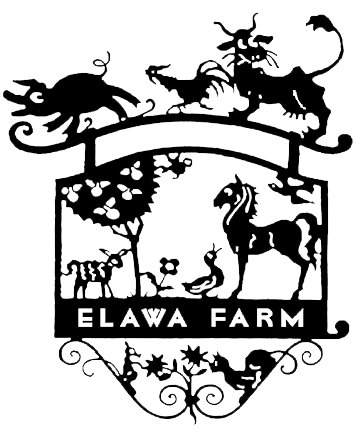
The Land
Elawa Farm sits on the ancestral homelands of the Council of Three Fires: the Ojibwe, Odawa, and Potawatomi. This land was also a prominent place of trade for the Sauk, Meskwaki, Miami, Menominee, Ho-Chunk, and Kickapoo peoples.
Elawa Farm is in Middlefork Savanna, home to the highest quality tallgrass savanna in the nation. When the glaciers receded thousands of years ago, they left behind dense clay, sand, and gravel, creating a flat, marsh-like landscape with a mixture of prairies, sedge meadows, and oak woodlands.
With the 1833 Treaty of Chicago, the Potawatomi people were forcibly removed from the area and pushed west of the Mississippi River to new reservations in the Kansas Territory.
In 1838, Scottish immigrant William Steele and his four sons acquired 320 acres of property, including this site. The site became the homestead of James and Ellen Steele, who farmed the land. The Steeles passed the farm down to their daughter, Margaret and her husband Henry Vickerman, and then to their grandson, Robert Vickerman, and his wife Ada. In 1917, the Armours purchased 128 acres of this property from the Vickerman family. The Armours developed the farm buildings that are located at the site today and operated a “hobby farm,” until sold to the Carroll family in 1954. The Carrolls operated the last family farm in the community until it was sold to City of Lake Forest in 1998.
Today, adjacent to Elawa Farm is the ecologically significant Middlefork Savanna, managed by the Lake County Forest Preserve District, and the Middlefork Farm Nature Preserve, stewarded by Lake Forest Open Lands Association.

